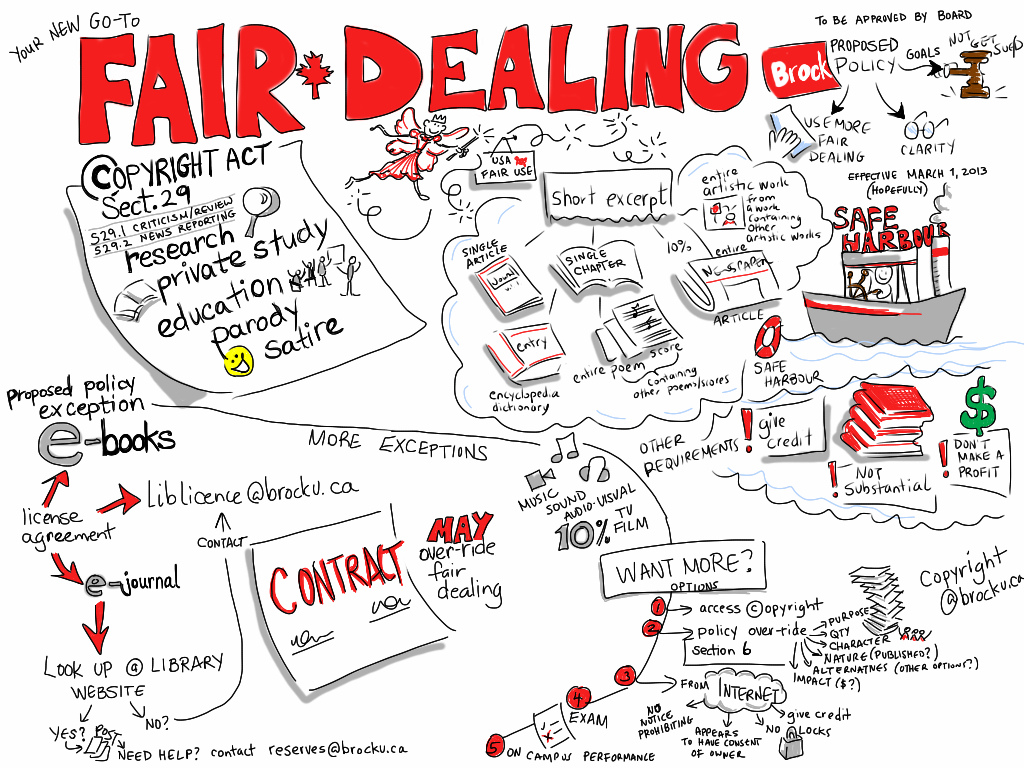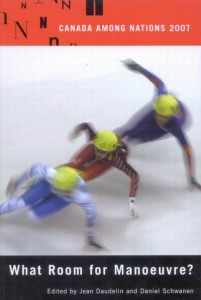Appeared in the Toronto Star on April 21, 2008 as A Swing and A Miss for 'Three Strikes' Policy The new baseball season is in full swing, yet in recent months the phrase "three strikes and you’re out" has taken on an entirely different meaning on the Internet. Prodded by […]

Fair Dealing by Giulia Forsythe (CC BY-NC-SA 2.0) https://flic.kr/p/dRkXwP
Copyright
Does Bell Really Have a P2P Bandwidth Problem?
Bell filed its response to the CAIP submission to the CRTC on its throttling practices yesterday, unsurprisingly arguing that its actions are justified and that there is no need to deal with the issue on an emergency basis. Several points stand out from the submission including its non-response to the privacy concerns with deep-packet inspection (it merely says that it does not retain or use the data, but does not deny collecting what could easily be interpreted as personally identifiable information) and its inference that P2P usage could be deemed using a connection as a "server" and therefore outside the boundaries of "fair and proportionate use" under typical ISP terms of use.
Most importantly, however, Bell provides data on its network usage that significantly undermines its claim that P2P usage is causing such havoc with its network that throttling measures that impact 100 percent of its (and some of its competitions') users are needed. Bell again reiterates that the "problem" lies with 5 percent of its users that are heavy P2P users. Yet that 5 percent apparently uses 33 percent of available bandwidth during peak periods. That is a disproportionate use to be sure, yet it struck me as far lower than might have been expected.
Developing Canada’s Intellectual Property Agenda
Together with my colleague Jeremy deBeer, I recently contributed an essay titled Developing Canada’s Intellectual Property Agenda to the annual Canada Among Nations (2007). Our article, which is available online in PDF or via SSRN, argues that Canada should lead by example on intellectual property by adopting flexible, balanced policies […]
Comcast Proposes File Sharing ‘Bill of Rights’
The FCC's interest in net neutrality continues to have an impact as Comcast is has proposed a file sharing bill of rights, though consumer interests are not part of the discussion.
National Gallery Looking For Profits in the Wrong Place
My weekly technology law column (Toronto Star version, Ottawa Citizen version, Vancouver Sun version, homepage version) explores the issue of museums and fees associated with public domain works. As museums experiment with the Internet – many are using online video, social networks, and interactive multimedia to create next-generation museums that pull content from diverse places to create "virtual museums" – the museum community has emerged as a leading voice for the development of legal frameworks that provide sufficient flexibility to facilitate digitization and avoid restrictions that could hamper cultural innovation.
Yet as museums embrace the Internet's potential, there is concern that their advocacy and actions are not always consistent. This is particularly true with respect to their policies on public domain works, for which the term of copyright has expired. The public domain issue has emerged as a contentious one within the museum community. Many museums receive regular requests for copies of works in their collection to be reproduced in school texts, magazines, or other publications. The costs associated with these requests vary widely. Some museums levy administrative fees (for the cost associated with handling the request), reproduction fees (for the cost of reproducing the image), and notwithstanding the expiry of copyright, permission fees.
In 2006, London's famed Victoria and Albert Museum became the first museum to completely drop charges for the reproduction of images in scholarly books and magazines. While that decision generated considerable acclaim, according to documents obtained under the Access to Information Act, the National Gallery of Canada (NGC) appears to be taking the opposite approach by treating public domain works as a profit centre.







